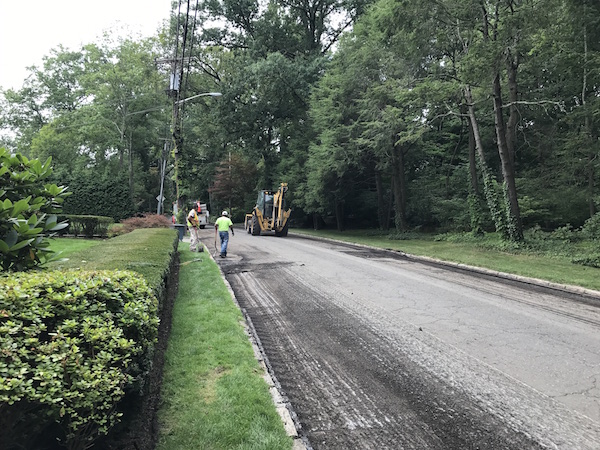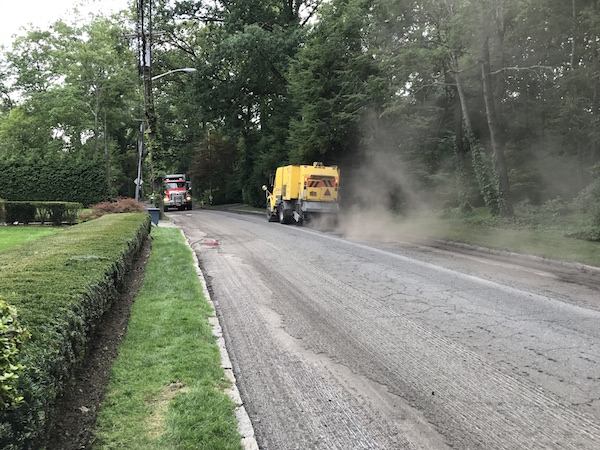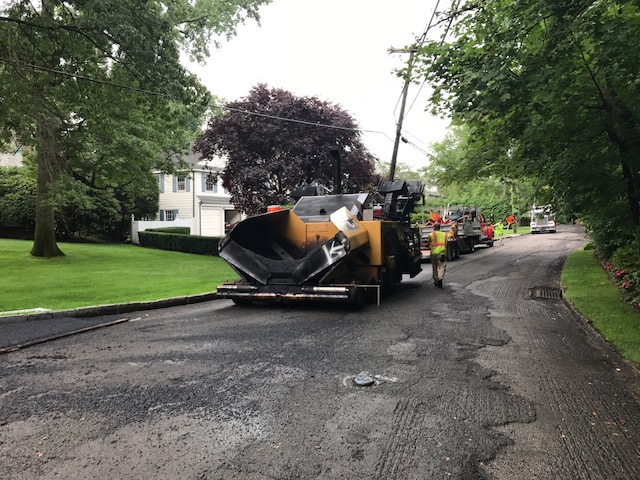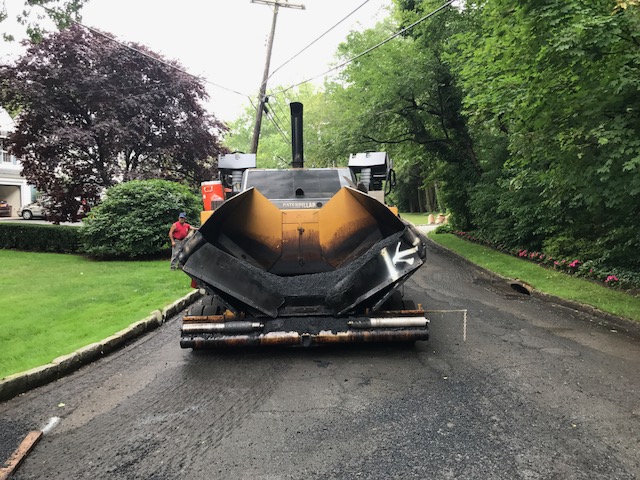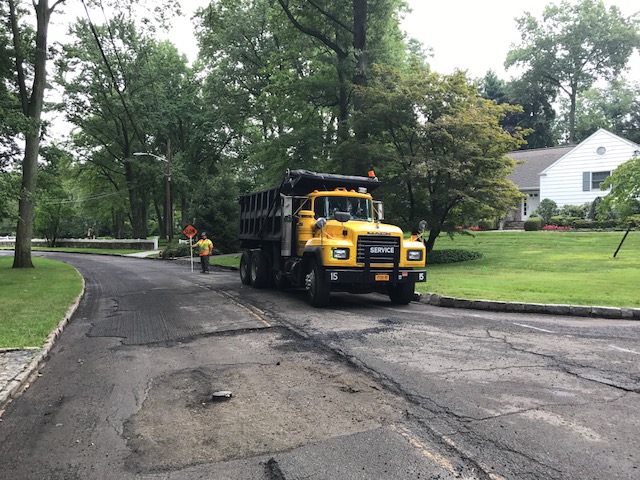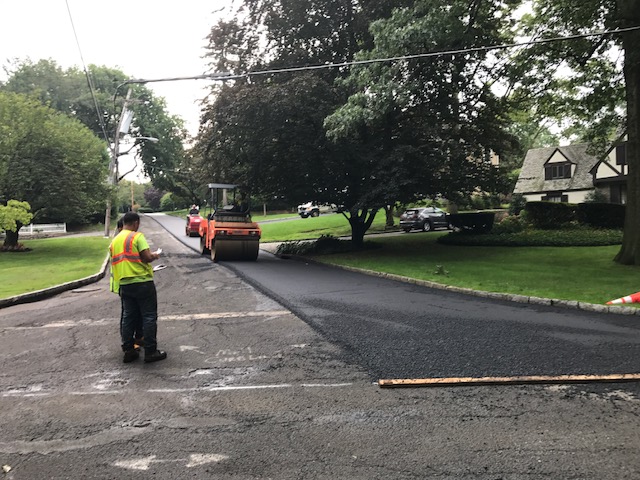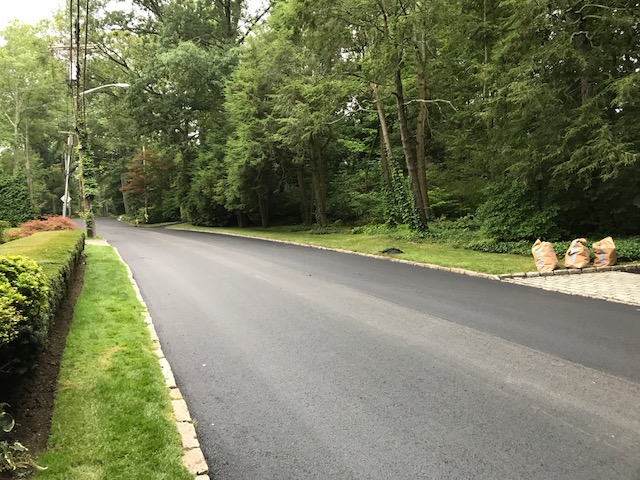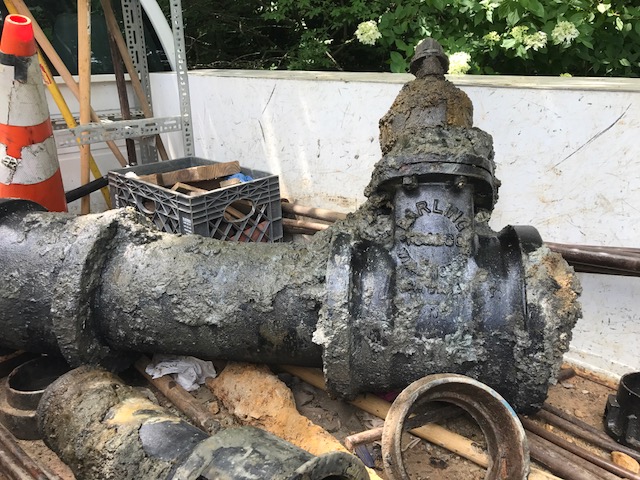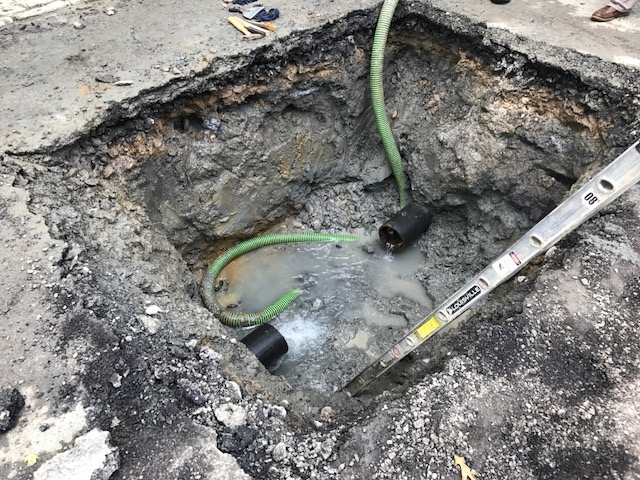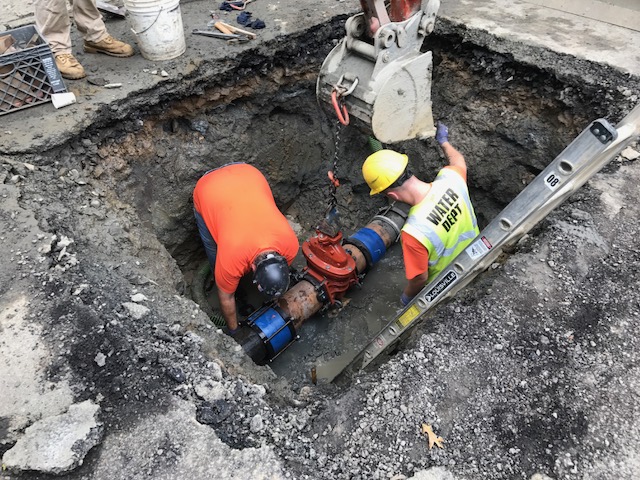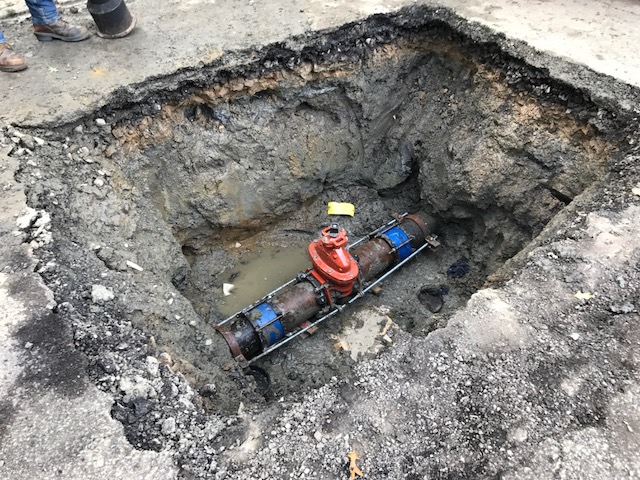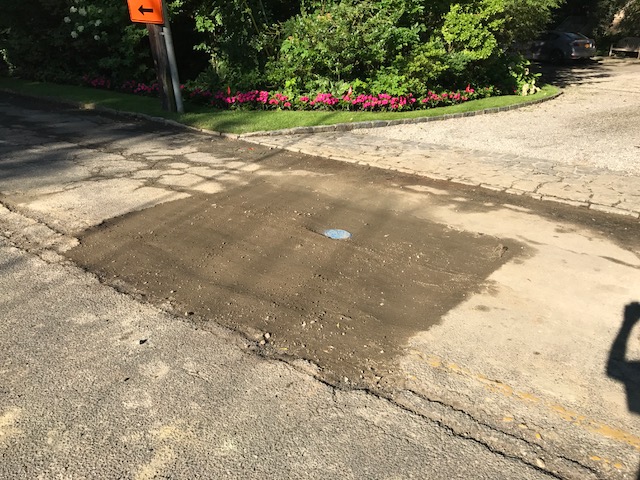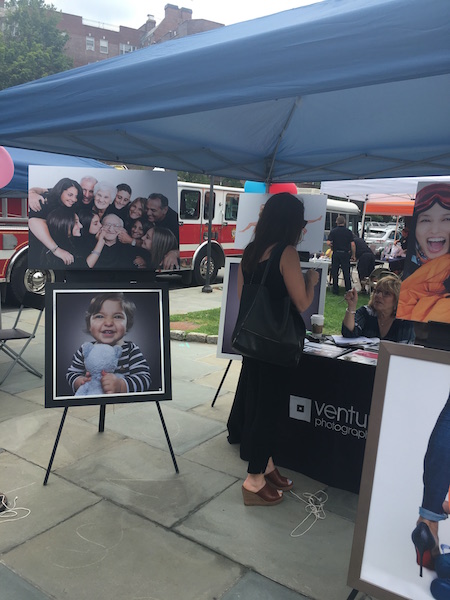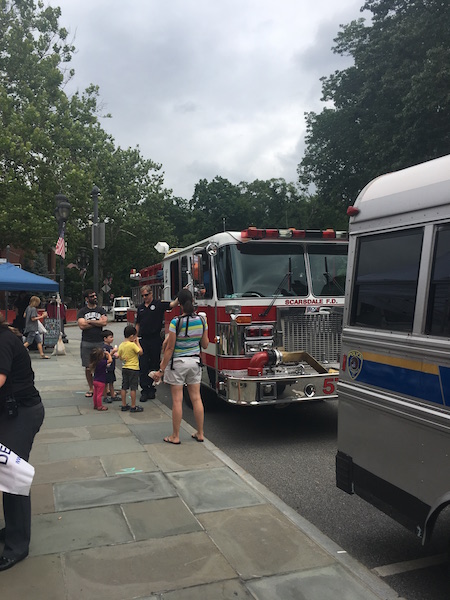The Transformation of Brookby Road
- Details
- Written by: Jon Mark
- Hits: 7690
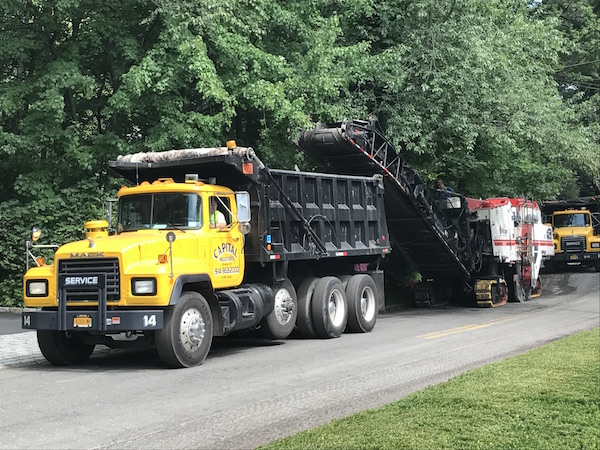
From the Village: Farmers Market, Potential Off-Street Village Parking for Merchants and Valve Gives Way on Brookby Road
- Details
- Hits: 6607
 The Board of Trustees meeting on August 8th informed the public on some exciting new initiatives being taken to liven up Scarsdale Village. The first and most developed initiative thus far is a pilot farmers market. Located in Boniface Circle, the market will start on September 7th and repeat on Thursdays until October 26th. It will probably start at 12 and last until 6 or 7 o'clock. Corinna Makris, who is the farmers market manager for Peekskill, will be managing
The Board of Trustees meeting on August 8th informed the public on some exciting new initiatives being taken to liven up Scarsdale Village. The first and most developed initiative thus far is a pilot farmers market. Located in Boniface Circle, the market will start on September 7th and repeat on Thursdays until October 26th. It will probably start at 12 and last until 6 or 7 o'clock. Corinna Makris, who is the farmers market manager for Peekskill, will be managing  the Scarsdale market. She is in the process of generating a list of vendors who will sell their products at the weekly event. The market is still in the planning stages, so the timing and location of the pilot program are subject to change. Assistant Village Manager Ingrid Richards described that the purpose of the market is to "provide an opportunity to garner experience and resident feedback to develop a market moving forward that best meets the community needs and wants." The Board hopes to learn from this pilot market to start up a new and improved one in the spring.
the Scarsdale market. She is in the process of generating a list of vendors who will sell their products at the weekly event. The market is still in the planning stages, so the timing and location of the pilot program are subject to change. Assistant Village Manager Ingrid Richards described that the purpose of the market is to "provide an opportunity to garner experience and resident feedback to develop a market moving forward that best meets the community needs and wants." The Board hopes to learn from this pilot market to start up a new and improved one in the spring.
While many residents seem to love the idea of a town farmers market, Bob Harrison, during the public comment section of the meeting, expressed his concerns about the timing of the market. He worried that it would not bring in many customers during fall afternoons, and as a result believed the market should start later in the day than noon. He also was concerned that the market would take away parking spots in Boniface Circle.
The other initiative in the works is economical off-street parking in the village for merchants, which could combat meter-feeding and open up parking spots for patrons. A merchant parking workshop, scheduled tentatively for late September, is the first step in making the initiative a reality. Village business owners and employees are invited to come to the workshop, which will hopefully be beneficial for both parties involved.
(Contributed by former Mayor Jon Mark) In other news, the Scarsdale water system contains myriad valves buried beneath our roads. Many of the valves are more than 50 years old. From time to time they give way and require replacement. The Scarsdale Water Department works hard doing that replacement work when it is needed. On August 8th they went to work replacing a blown valve buried at the intersection of Brookby Road and Quaker Circle.
Scarsdalians Search Sidewalk Sale for Deals
- Details
- Hits: 4988

Village LED Streetlight Pilot Program Continues
- Details
- Written by: Ron Schulhof
- Hits: 4415
 The Village LED Streetlight Pilot Program is continuing after an extension of time to allow for a new fixture to be included. This new fixture was released by one of the Pilot fixture manufacturers and included material improvements to the previous fixture being piloted. LED pilot streetlights are installed in a number of locations throughout the Village. Pilot lights are installed on three sections of White Plains (Post) Road, two sections of Mamaroneck Road, Heathcote Road, Tisdale Road and Springdale Road. A map of each Pilot location is attached.
The Village LED Streetlight Pilot Program is continuing after an extension of time to allow for a new fixture to be included. This new fixture was released by one of the Pilot fixture manufacturers and included material improvements to the previous fixture being piloted. LED pilot streetlights are installed in a number of locations throughout the Village. Pilot lights are installed on three sections of White Plains (Post) Road, two sections of Mamaroneck Road, Heathcote Road, Tisdale Road and Springdale Road. A map of each Pilot location is attached.
We want to hear what residents think about the lights! This phase of the Pilot will continue for the next three months to mid-October. Resident feedback is important in helping the committee determine which fixtures to recommend to the Village Board of Trustees. Please send any comments or questions to LED@Scarsdale.com or drop off comments at Village Hall at the LED comment box located on the first floor counter. Subject to the results of this phase of the Pilot, the following streets are being considered for an upgrade to LED streetlights: White Plains (Post) Road, Heathcote Road (Post Road to Five Corners), Mamaroneck Road and Weaver Street (note: some lights on Weaver Street have already been converted to LEDs by the City of New Rochelle). In addition to these streets, locations with Town & Country Style post- top fixtures (see attached picture) are also being considered for an LED upgrade. These locations include parts of the Crane Berkeley and Secor Farms neighborhoods as well as a few other Village streets.
Background of the LED Committee and work completed to date: On April 28, 2015, the Board of Trustees established an Ad Hoc Committee to research Light Emitting Diode (LED) street lights in order to improve lighting, reduce Village costs for electricity and maintenance, and conserve energy. To that end, the Committee was asked to develop a pilot program and make a recommendation on how best to move forward. The Committee conducted extensive research on LED street lighting, met with vendors, examined LED streetlights installed in neighboring communities and tested various fixtures to determine the proper lights and locations to pilot in Scarsdale.
Based on the Committee's research and Scarsdale's predominant residential setting, we believed it important to test a variety of lights including some with warmer, less bright colors than have been installed elsewhere. In the fall of 2015 the Committee installed lights of varying color and brightness on three streets in Scarsdale: Fox Meadow Road, Madison Road and Heathcote Road. Based on the results of this sample and resident feedback, the Committee's proposal was to focus on two types of lights in Scarsdale as a first phase: lights on higher traffic streets and locations with Town & Country style post-top fixtures.
In July 2016 a Pilot was launched with fixtures installed on sections of White Plains (Post) Road, Mamaroneck Road, Heathcote Road, Tisdale Road and Springdale Road. During the Pilot one of the manufacturers of the Pilot LED Streetlights informed the Committee that an updated version of their fixture would be released in early 2017 with material improvements to the lighting. As previously noted, the Pilot was extended to allow for these updated fixtures and is now being continued.
Copies of the Committee's reports to the Board can be found at https://tinyurl.com/scarsled.
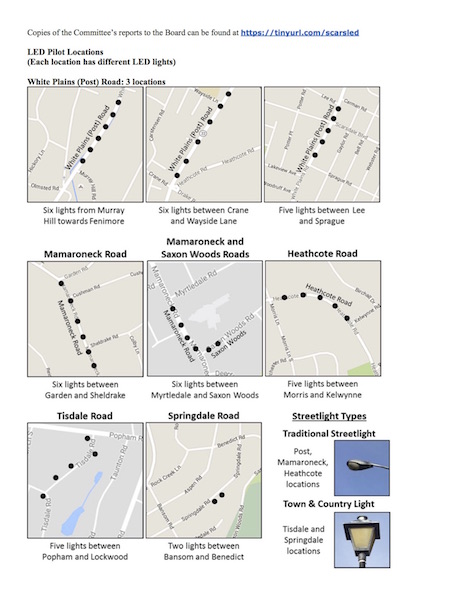
26 Cooper Road Stands, For Now
- Details
- Written by: Joanne Wallenstein
- Hits: 7629
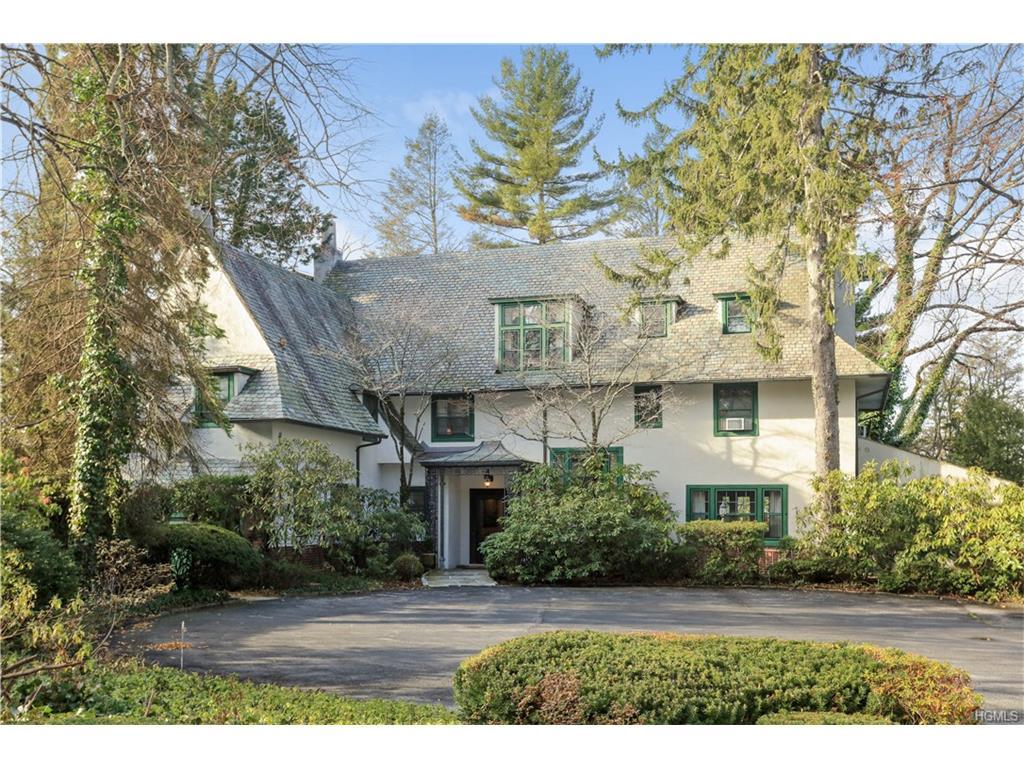 A 1917 Country style home and garage (1926), thought to be designed by architect Frank Joseph Forster could be spared from demolition if a decision by the Committee for Historic Preservation (CHP) stands. On July 11, by a vote of 5-2, the committee voted to deny an application to raze the house and garage at 26 Cooper Road finding that the home meets one of the criteria for preservation, i.e. "That the building is the work of a master and embodies the distinctive characteristics of a type, period or method of construction that possesses high artistic value."
A 1917 Country style home and garage (1926), thought to be designed by architect Frank Joseph Forster could be spared from demolition if a decision by the Committee for Historic Preservation (CHP) stands. On July 11, by a vote of 5-2, the committee voted to deny an application to raze the house and garage at 26 Cooper Road finding that the home meets one of the criteria for preservation, i.e. "That the building is the work of a master and embodies the distinctive characteristics of a type, period or method of construction that possesses high artistic value."
In a Memorandum Decision written by CHP Chair William Silverman, it states that the committee found that architect Frank Joseph Forster was indeed a master and that the home was an excellent example of Country style architecture.
About Forster, they said,
"Frank Joseph Forster is a famous architect with a large body of impressive work. Born in New York City on December 12, 1886, he studied architecture at Cooper Union from 1903 to 1908. This was followed by a year of study in Europe and after a short partnership with Edward King in 1910, he practiced under his own name beginning in 1912.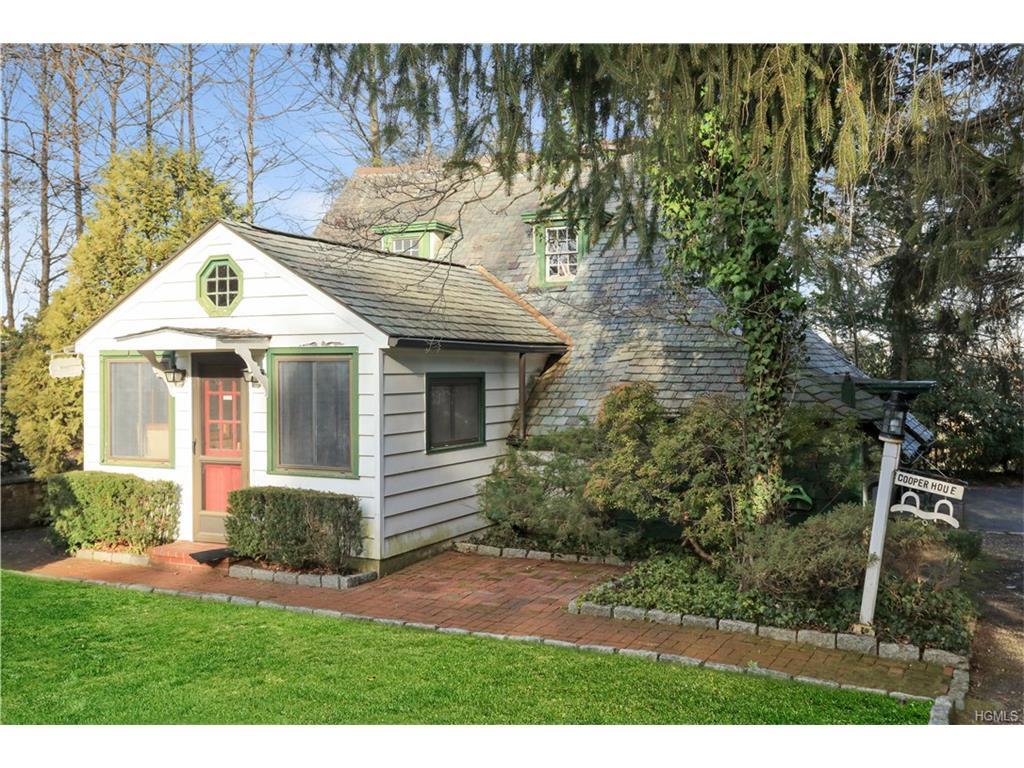
Forster developed a reputation as a specialist in country house designs. Indeed, the Village of Scarsdale Cultural Resource Survey Reconnaissance Level Report refers to him (p. 29) as "an expert in the design of English-inspired houses" and quotes from his written work in describing that style of architecture (pp. 29, 34, 42). Aside from this property, the CHP is unaware of any other Forster designed structures (still standing) in Scarsdale.
The importance of Forster's work in American architecture is abundantly clear. The New York Times reported that Forster was one of three grand prize winners of the 1929 National Better Homes Architectural Competition, describing him as "a New York architect who has, through his country-house designs, established a national reputation as a specialist in residential work." His excellence was recognized by the Architectural League medal for domestic architecture in 1927 and 1929 and the Better Homes in America medal in 1933."
The architect's name did not appear on the plans for the 1917 home as was the custom at the time. However, Forster was called on to build the garage nine years later and the committee noted the architectural similarity between the two structures, which include , "chimneys, sagging roofline and gables." Moreover, they deemed it unlikely that an architect of Forster's stature would have undertaken the garage unless he had designed the original house.
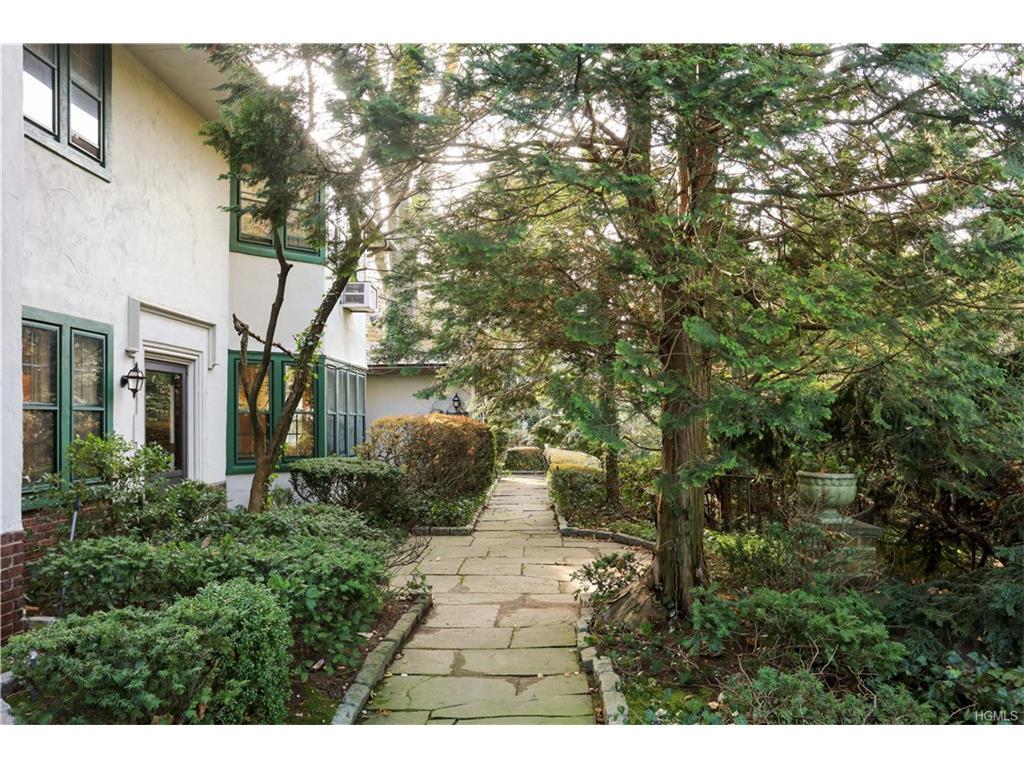 The committee found that "Both structures are dominated by a steeply pitched, cross-gabled roof with mock-sagging at the end of the roofline and dormers. The arrangement of windows of different sizes and shapes as well as the prominent chimneys and chimney pots on the main House are also classic traits of this style home. Significantly, both structures have not been materially altered since original construction."
The committee found that "Both structures are dominated by a steeply pitched, cross-gabled roof with mock-sagging at the end of the roofline and dormers. The arrangement of windows of different sizes and shapes as well as the prominent chimneys and chimney pots on the main House are also classic traits of this style home. Significantly, both structures have not been materially altered since original construction."
Since Forster designed no other existing homes in Scarsdale, the committee believed that allowing it to be demolished would result in a significant architectural loss to the Village.
Therefore the application was denied. However, the owner does have the right to appeal to the Scarsdale Board of Trustees.











